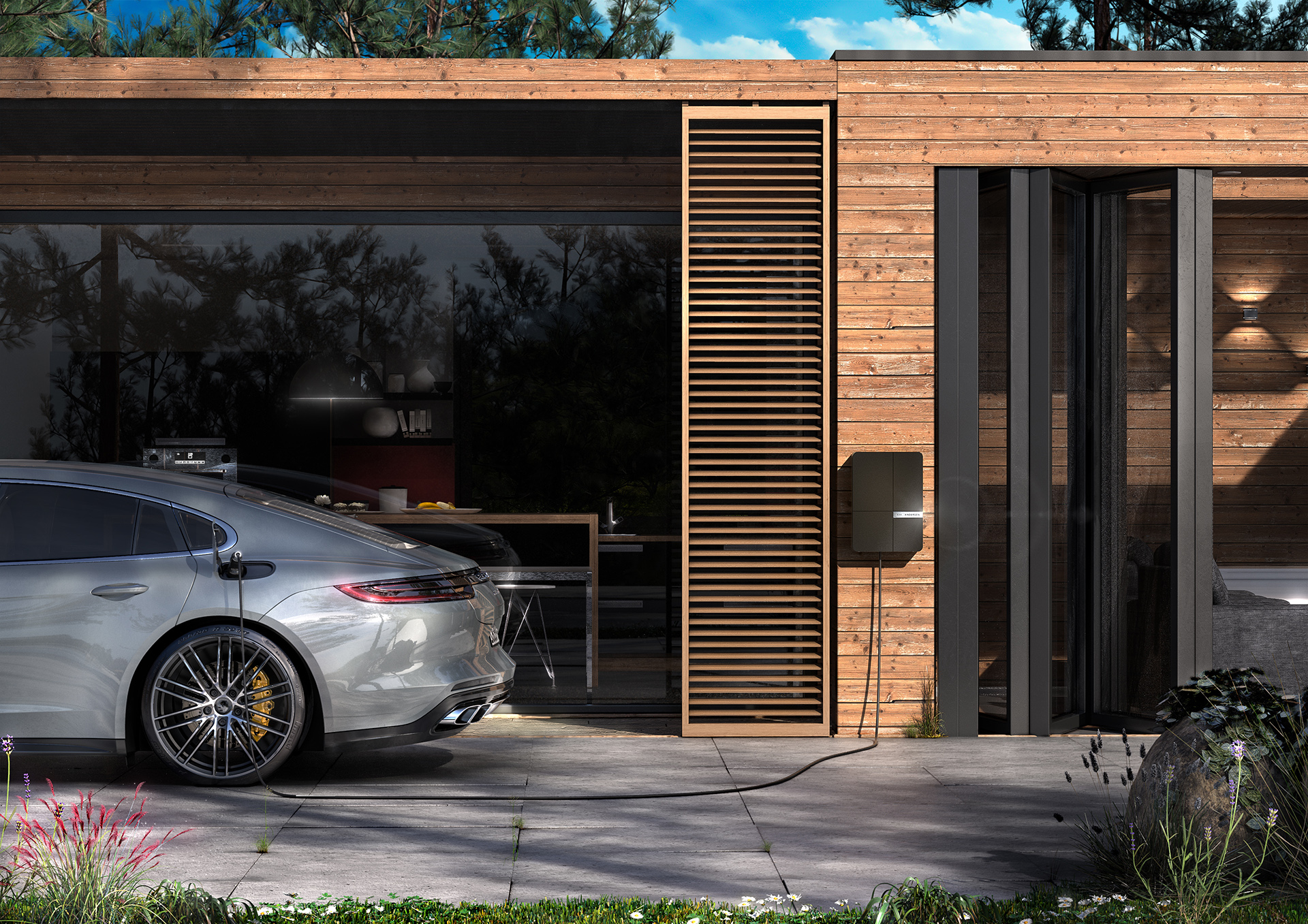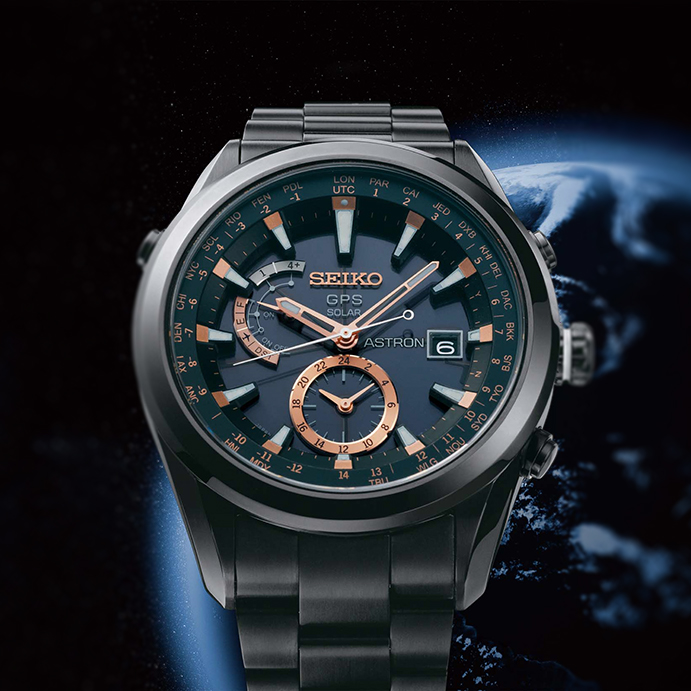The first surprise for me was that Andersen were in fact a British brand. Given the distinctly Danish sounding name and the purposely simple yet timelessly elegant Bang & Olufsen-esque aesthetic of the chargers, I had inwardly assumed that they were a Danish brand.
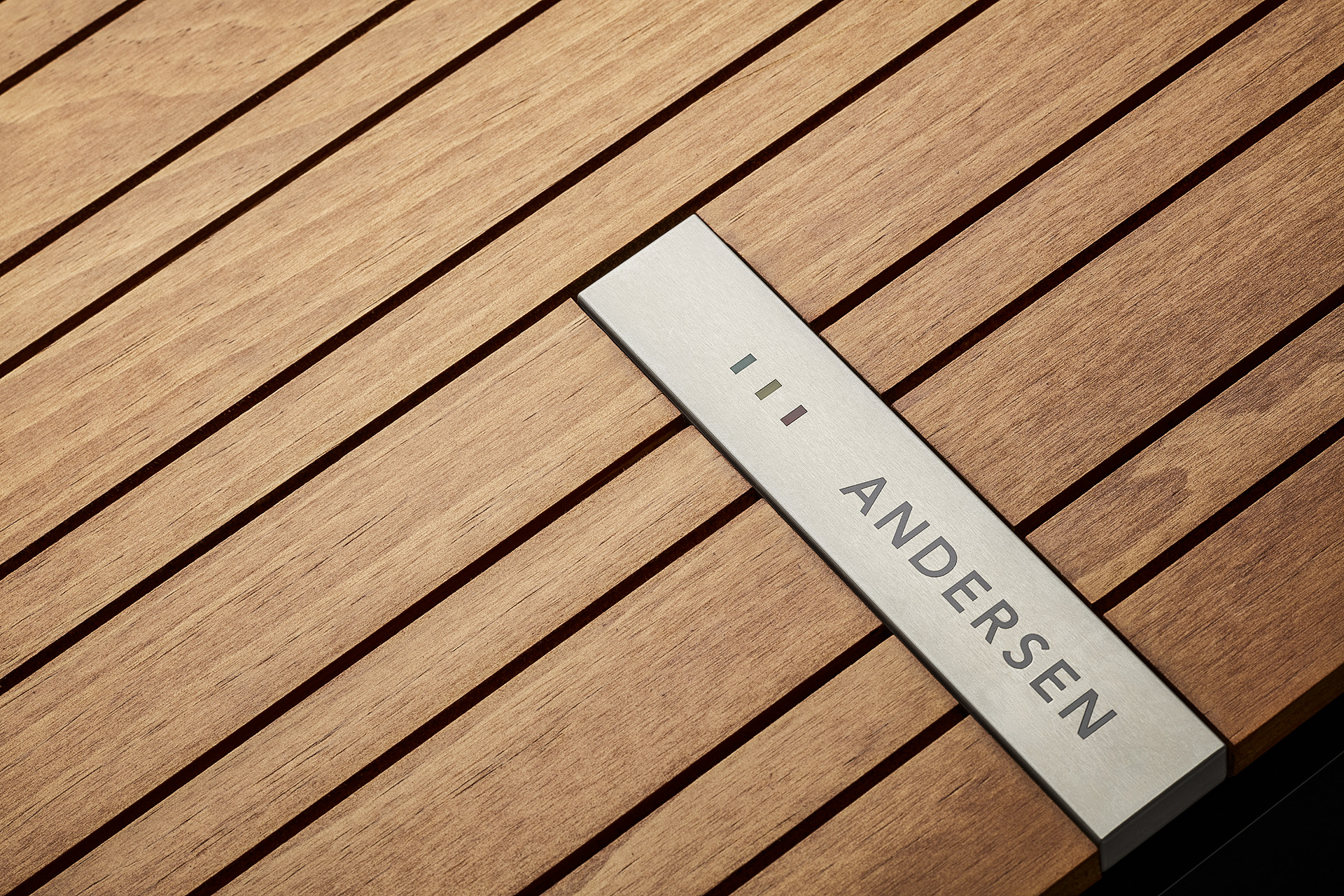
I say my first surprise, as it was not the last as I soon found out during the increasingly familiar scenes of a Zoom video interview during the UK Lockdown.
This trying period has led to a change of routine and a change of behaviour; something that Andersen are fully behind, albeit in relation to motoring. With Public Transport set to be reneged for solitary modes of travelling, such as driving, it’s even more important that our choice of vehicle is an environmentally conducive one. Not to beat the forever resounding drum of late, but common sense must prevail and the prospect of more cars on the road is not one to be welcomed — to say the very least.
One viable solution is to go electric, a decision made harder, not only by the prices and the lifestyle changes required to embrace it, but by the “tools” that circumvent its usage, tools such as the dreaded Electric Vehicle (EV) charging station… Or should I say formerly dreaded. Andersen have turned what used to be a utilitarian plug socket to a desirable embellishment to your abode, so much so in fact that you’ll do anything to have it situated in plain sight. Let me put it this way, your neighbours won’t be happy — it’s a thing of beauty.
The design-led Andersen charging point is worth driving home to
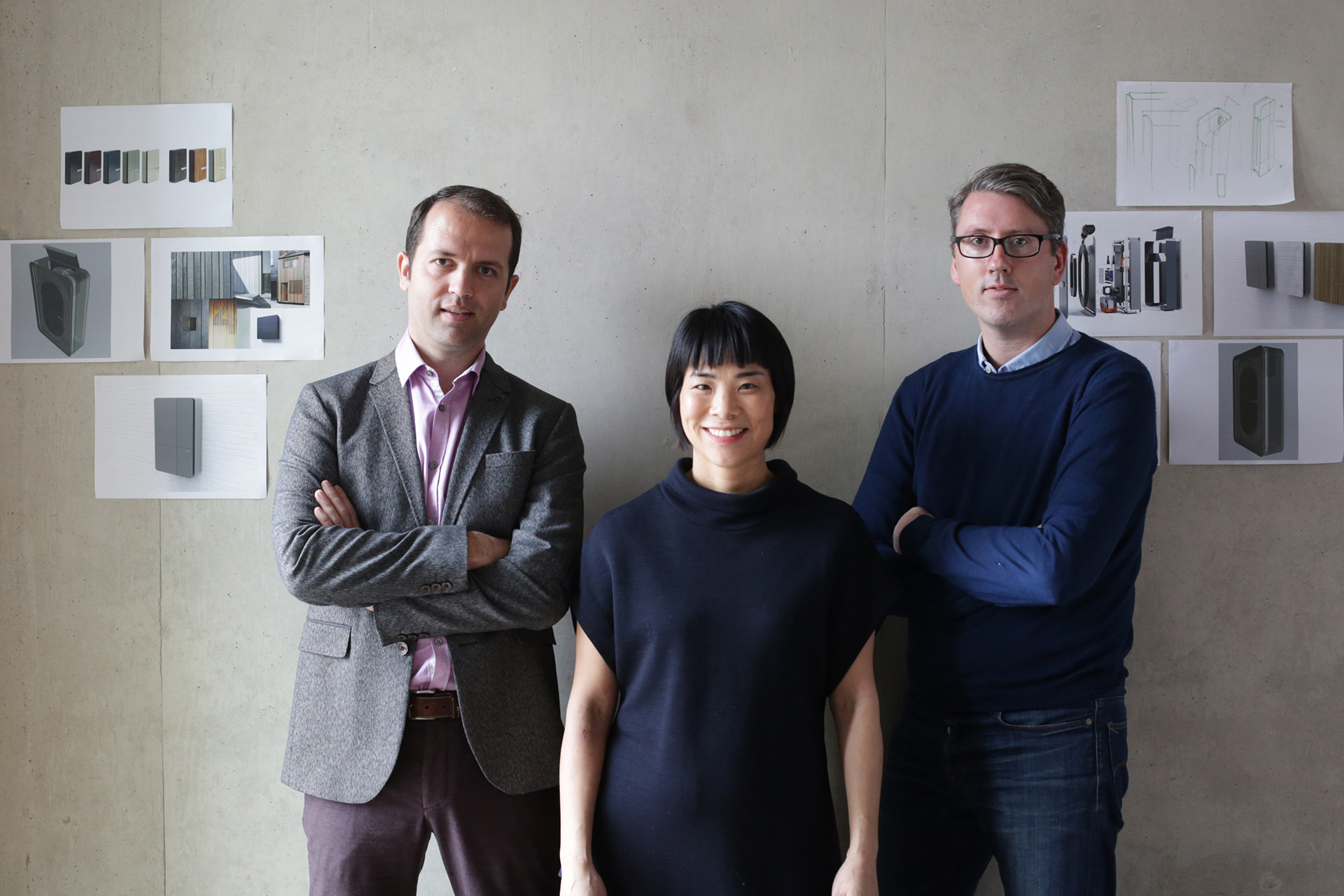
My Zoom video interview was with Andersen Founders David Simpson and Mandy Simpson, as I sought to learn a more about the aesthetic language behind the brand, the technical astuteness that lies hidden beneath and the future of the Electric Vehicle sector on the whole.
Mandy: We have a really strong brand profile; we take inspiration from all sources, from interior products to nature.
I also learn that David came from the Hi-Fi industry in a past life and actually won an award for an amplifier he had designed in consumer electronics. “I’ve always been into Hi-Fi oriented styling” he tells me, and it makes complete sense. Hi-Fi audio needs to be able to work with a variety of spaces. Luxury Hi-Fi design is stripped back, with a discreet design style celebrating nice materials and craftsmanship — much like the Andersen A2 electric vehicle charger.
David: There are now lots of great looking EV’s [electric vehicles], but most chargers are utilitarian and is was a distinct lack of choice.
Mandy: The aesthetics is the heart of what we do, along with the technology. When you think of an EV charger it lives on your home, and it is on display.
David: Often things get over-designed. Many car manufacturers came from the mindset of “This is an electric car! This is the future!” — but does that design language sit well on a 17th Century house? Something you look at everyday should be discreet.
“Many car manufacturers view the charging point as a car accessory — it’s actually an architectural accessory.”
_ David Simpson, Founder, Andersen
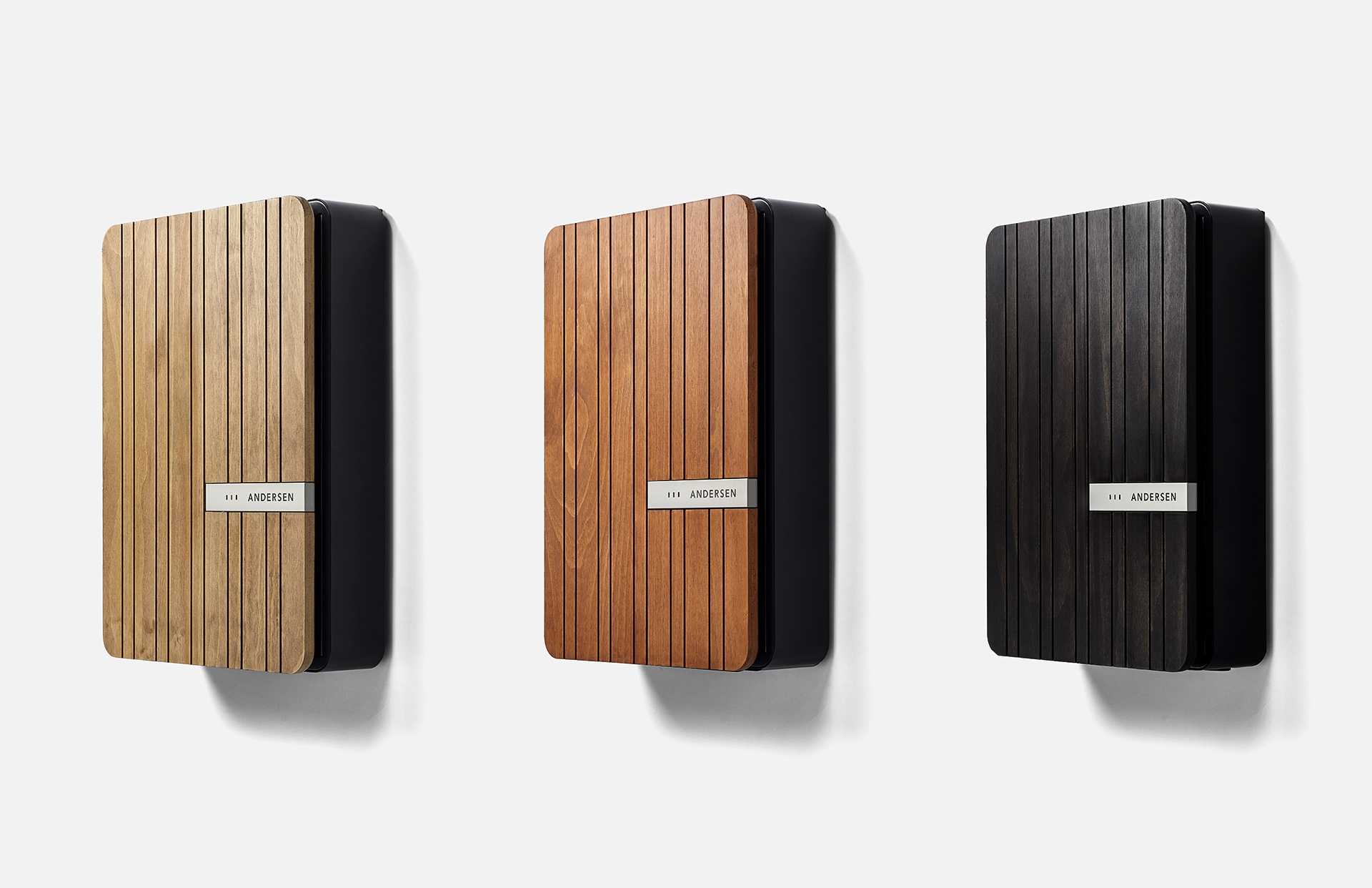
Sustainability forms the core rational for electric vehicles, with electricity, albeit a challenge itself, a more viable means of power in the long-term, reducing our vehicular impact on the environment. This ideal is something shared by Andersen’s range of vehicle chargers.
David: If you look at a washing machine now for example, nobody really repairs them anymore, they just throw them away. Think of all those thrown away devices you don’t fix that end up in a landfill somewhere. True sustainability is making sure that it doesn’t last 2 years as soon as the warranty has expired, it lasts 10 years, and then maybe in the future you can upgrade it.
My inspiration there comes from Miele. You can buy a Beko washing machine for, say, £199 pounds, or you can buy a Miele one for £1500 pounds. If you look online, you can still buy parts and repair a Miele one 20 years later. I think that’s a really nice place to put your products; you want people to live with them for a long time.

Rather than simply using less resources, an alternative solution to sustainability is to design something that will have longevity. It’s so simple it’s genius; hard to achieve mind you. It takes astute planning and foresight, something they’ve incorporated into their Konnect+ App used to manage charging cycle of your electric vehicle via your Andersen A2.
David: It’s very interesting. When people get electric car now — especially wealthy customers — they become particularly cost conscious about their tariffs and how electricity is used. So people now really take an interest in when they charge at cheaper rates, how they charge, and where they get electricity from. So our charge point becomes part of an ecosystem.
We now do calculations to see how much surplus energy you will have in the future when you’ve got batteries in your home. Our charge point will start making decisions on when to charge the car and when to charge the batteries, hence minimising your electricity pull from the grid. It’s about building an energy ecosystem within the home and the software [Konnect+] helps drive that. It’s more than just an app, it has a big complex back end that does a lot of complex calculations. And as we move forward with the data we can automatically make some pivotal decisions for our customers, helping how they manage energy in their home.
Mandy: It’s about understanding that when you own an EV, it’s the first chance ever you have to control how much it costs to charge your car, because traditionally you go to your fuel station. So now if you have the ability to charge from home, you can control that because you pay your own tariffs, and it’s a great position to be in. So, this step causes an important shift in people’s mindset; perhaps if I spend 80 pounds on last month’s fuel, maybe this month, because I’m running pure electric, I can spend maybe £5.80. This is possible because you can control and manage it. Even though it’s not driven by “I’m here to save money”, you get more control, and that’s exciting. It’s about having a connected home, and the EV charger is potentially at the heart of that.

David: For the higher net-worth clientele, they don’t necessarily care about the cost of electricity, but they do care now about their impact on society. They can do something and contribute towards making it better. Things like batteries, solar and electric cars aren’t cheap at the moment, necessarily, but they can afford those and can reduce their CO2 footprints.
It’s been a very, very rapid change. Four years ago, you were boasting at your dinner party about your v12 Aston Martin; that’s become quite an uncouth conversation now. It’s more about this why I’ve done to reduce my footprint. What have I done to make the future better for the next generation?
Mandy: We come into it from the sort of charging essential sort of point of view. And with our product it’s about making people feel good about charging. It’s about making people feel good about their electric vehicle, even when their cars aren’t on the road. It doesn’t have to just suddenly stop when they’re parked up and then they just see this “unit” at home, and get a bit depressed. We see our product as a sort of architectural product.
Andersen EV change the experience of owning an electric car at a time when they are — for many —an unwelcome expense. Giving owners an excuse to beautify their homes alongside this compromise, albeit a touch superfluous, makes the transition to electric that little bit less painful.
The Andersen A2 is available now from £995 (excluding installation and grants) at www.andersen-ev.com.



